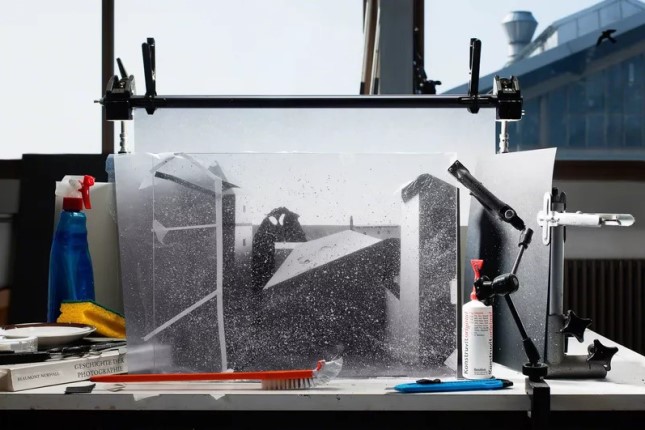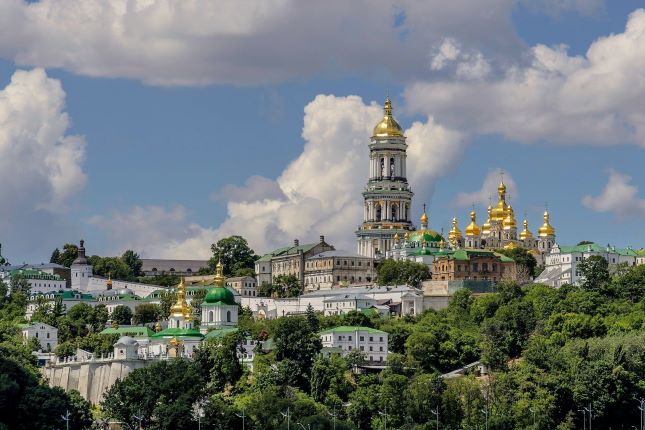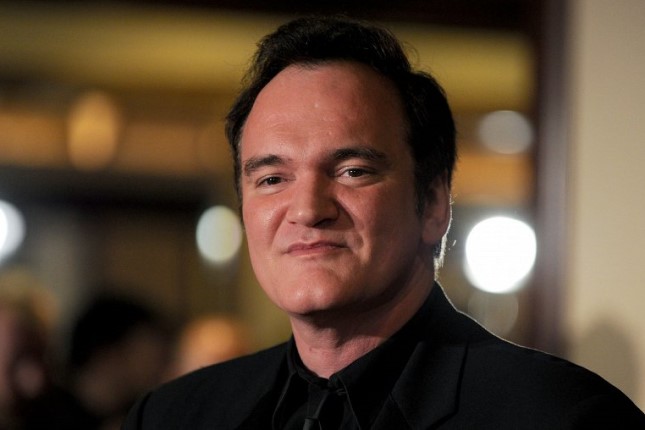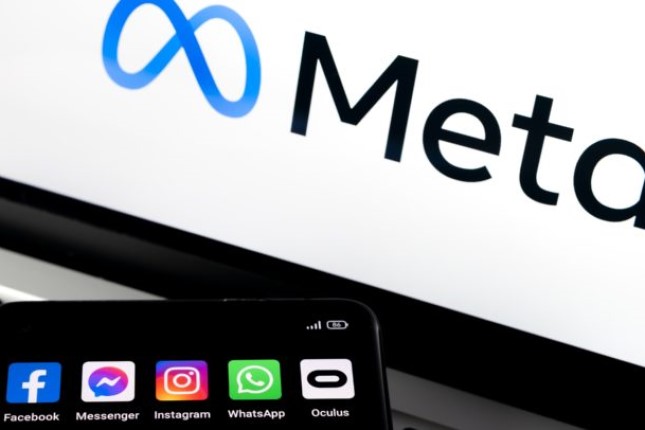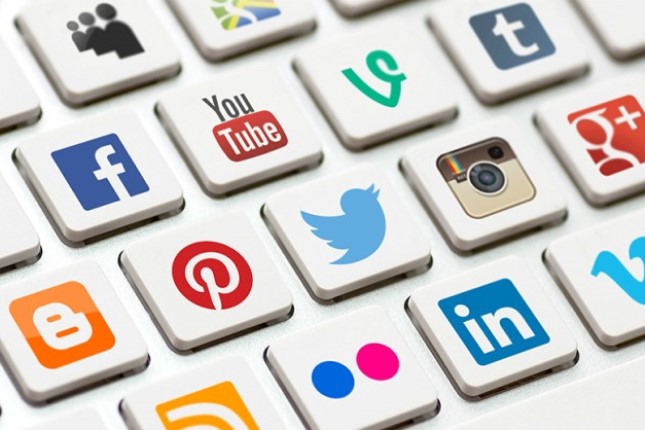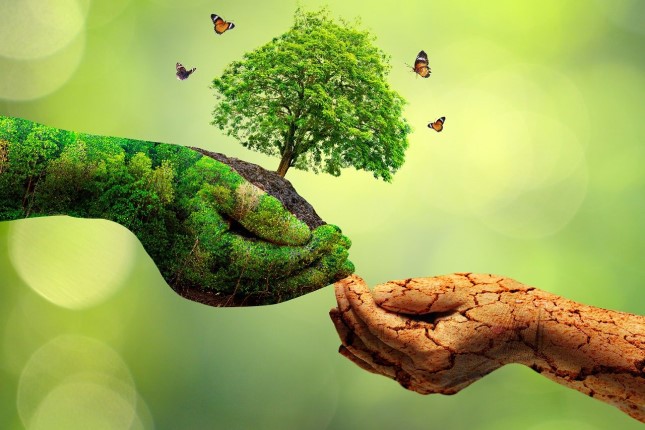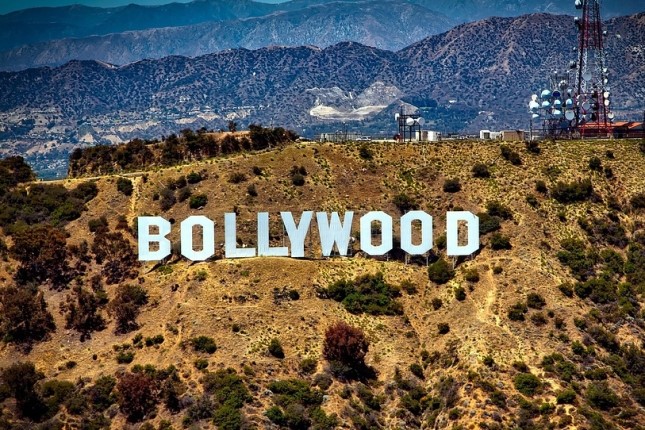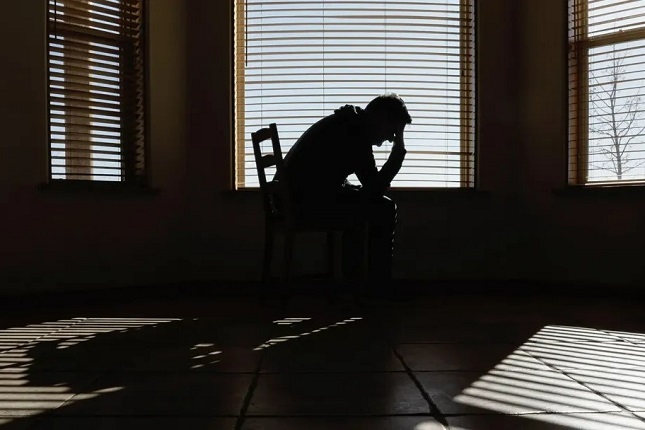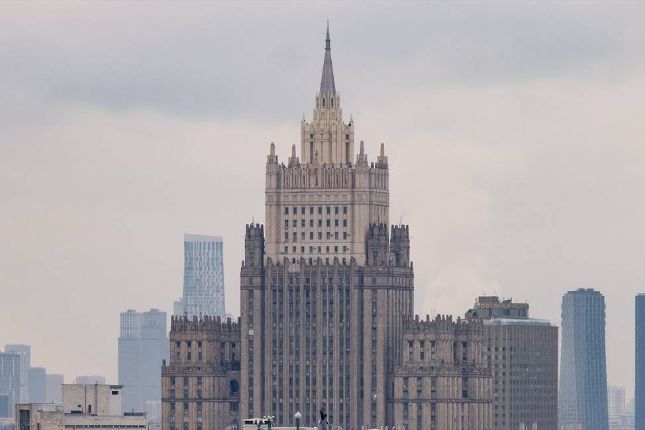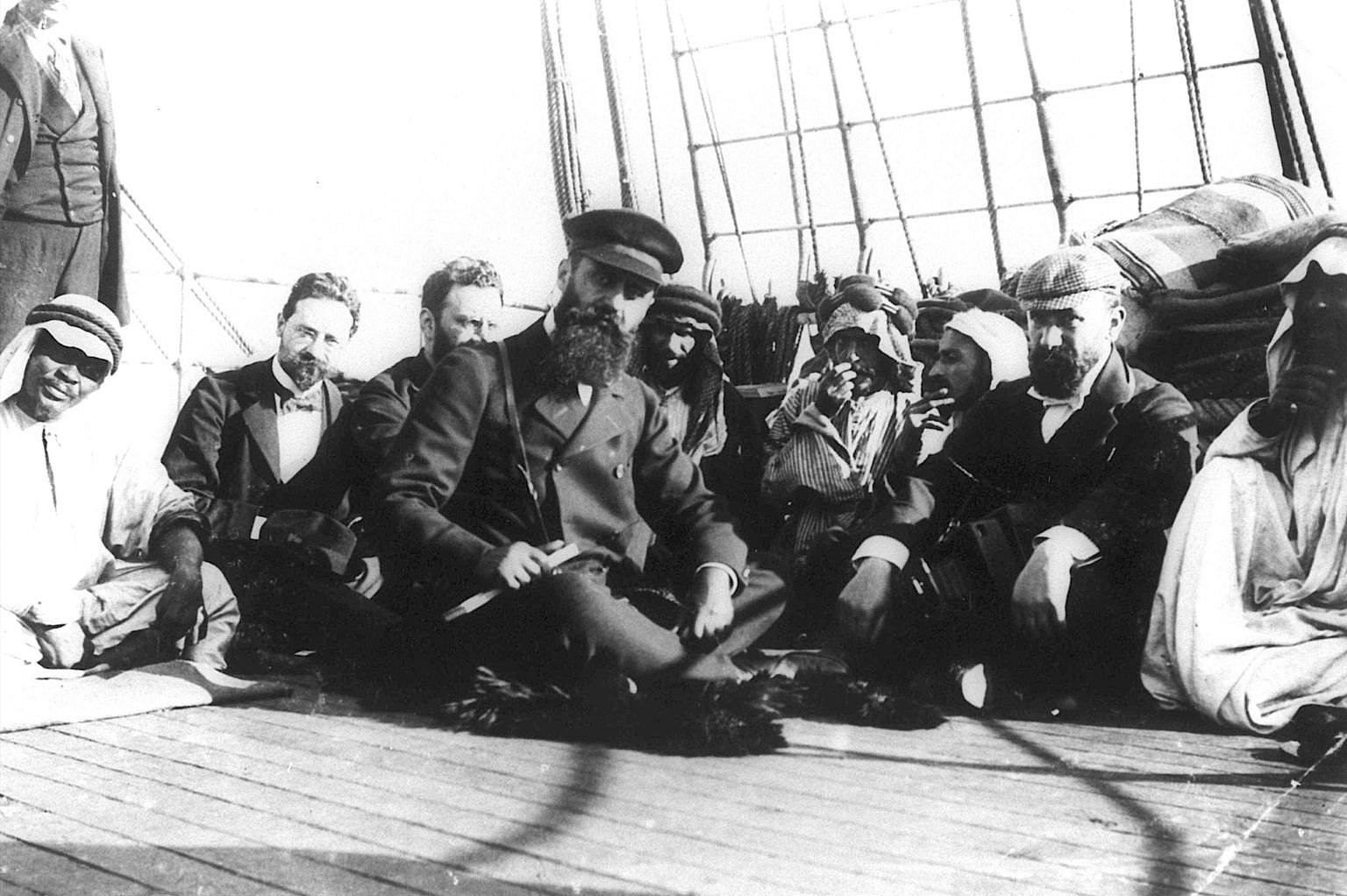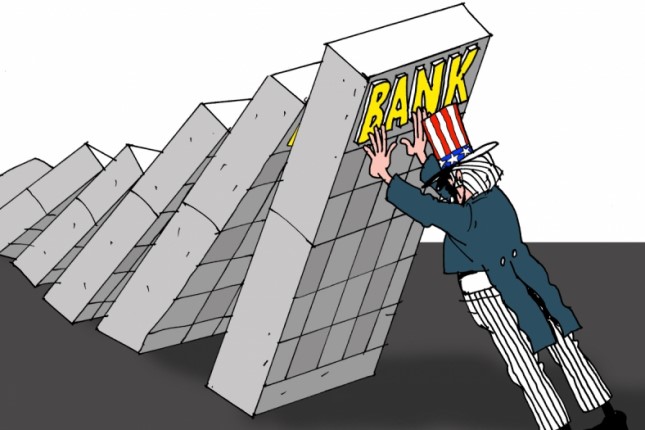All that once was directly lived has become mere representation. Guy Debord, The Society of the Spectacle (1967)
The first photograph, entitled "View from the Window in Le Gras ", was taken almost two centuries ago, in 1826. It is estimated that since then, humanity has taken 12.4 trillion photos, the overwhelming majority of them in the recent decade, when smartphones were equipped with digital cameras. Around 1.7 trillion pictures were made in 2022, and by 2025 more than 2 trillion photos will be taken each year. By 2030 the total number of photos taken throughout history is expected to increase to 28.6 trillion. It seems that humanity is obsessed with taking photos and doing it pretty mindlessly.
In fact, throughout its bicentennial history, photography was reinvented several times, not only in its technological aspect but equally in terms of its social meaning. In the early days of photography, it was primarily seen as a tool for scientific documentation and commercial purposes.
However, as photographic technology advanced and more people began experimenting with the medium, photography became a legitimate form of artistic expression.
One of the key figures in recognition of photography as an art form was Alfred Stieglitz, who founded the Photo-Secession movement in 1902. Stieglitz believed that photography should be considered on the same level as painting and sculpture and worked to promote photography as a fine art through his galleries and publications.
Over time, other influential photographers such as Edward Weston, Ansel Adams, and Henri Cartier-Bresson helped to establish photography as a respected and recognized art form. Their groundbreaking work pushed the boundaries of what was possible with photography and helped to expand the medium's artistic potential.
However, nowadays, photography as art, photography as design, and even professional photography in the media is nothing compared to the ubiquitous presence of self-made digital content produced by billions of smartphones. It is estimated that 92.5% of photos are taken with smartphones and only 7% with cameras. The number of photos taken by a smartphone user differs from region to region: on average more than 20 pictures are taken daily in the US and less than 5 pictures in Europe. Around 750 billion images are on the internet, which is only 6% of the total photos ever taken. Most of the images have never been shared. And probably not even watched by ourselves after we take them.
Marshall McLuhan, one of the 20th century's most influential theorists of media and technology, proposed a theory that technology is developing as an extension of the human body, with its different organs and senses.
For example, the spade is an extension of our cupped hand as we remove dirt from a hole, microscopy or telescope extends our vision to study smaller or larger dimensions, the car is an extension of the foot, and the telephone is an extension of the voice. If this approach is applied to photography, it is responsible for extending our visual memory.
However, the more we rely on technology to remember things, preserving the moments we feel important to keep in our luggage of memories, the less is our capacity to do so. But this problem has been thought upon since the times of Plato, who… criticized writing. Digital photography, then, is just another step toward our "degradation".
But very much similar to writing, photography plays an enormous role not only as an "extended memory" but also as a communication tool. This aspect has been really unleashed with the advent of smartphone cameras and mobile internet.
In the consumerist world, where emotions are a commodity, digital photography has become the most accessible way to contain and preserve them in a visual form and sharing with others. Obsession with it goes together with another trend – huge demand for training in mindfulness and meditation. Simply being present and fully attending to what's happening has become an issue, which requires special training, and is a commodity itself. Thoroughly enjoying food or walking in a picturesque landscape is impossible, at least for many of us. Enjoyment is incomplete or hardly achieved if you do not share its representation on Instagram and make yourself believe that others believe you are enjoying it.
It is old news that producing and consuming images are essential for the society that French philosopher Guy Debord more than half a century ago called "la société du spectacle". What an enjoyment to read again and again his alarmist prophecies written in a ridiculously obscure style, which nowadays would not make it in any peer-reviewed journal:
In post-industrial societies, where mass production and media predominate, life is presented as an immense accumulation of spectacles. Everything directly experienced 1 has been replaced with its representation in images. Whereas directly lived experience is a continuum of emotion and sensation, representational life is a stream of images detached from their living context.
The original context of this directly lived reality cannot be re-established. Living a representational life has an entirely separate but unified experience that exists purely in thought. As truth is increasingly represented as images to be experienced by sight alone, a completely different pseudo-world of images emerges—where the "actual" reality is only represented but never actually experienced, merely performed and eventually simulated.
And still, it is much more fun to have an account on Instagram than not. So, why do we not go out and take more annoying selfies?
